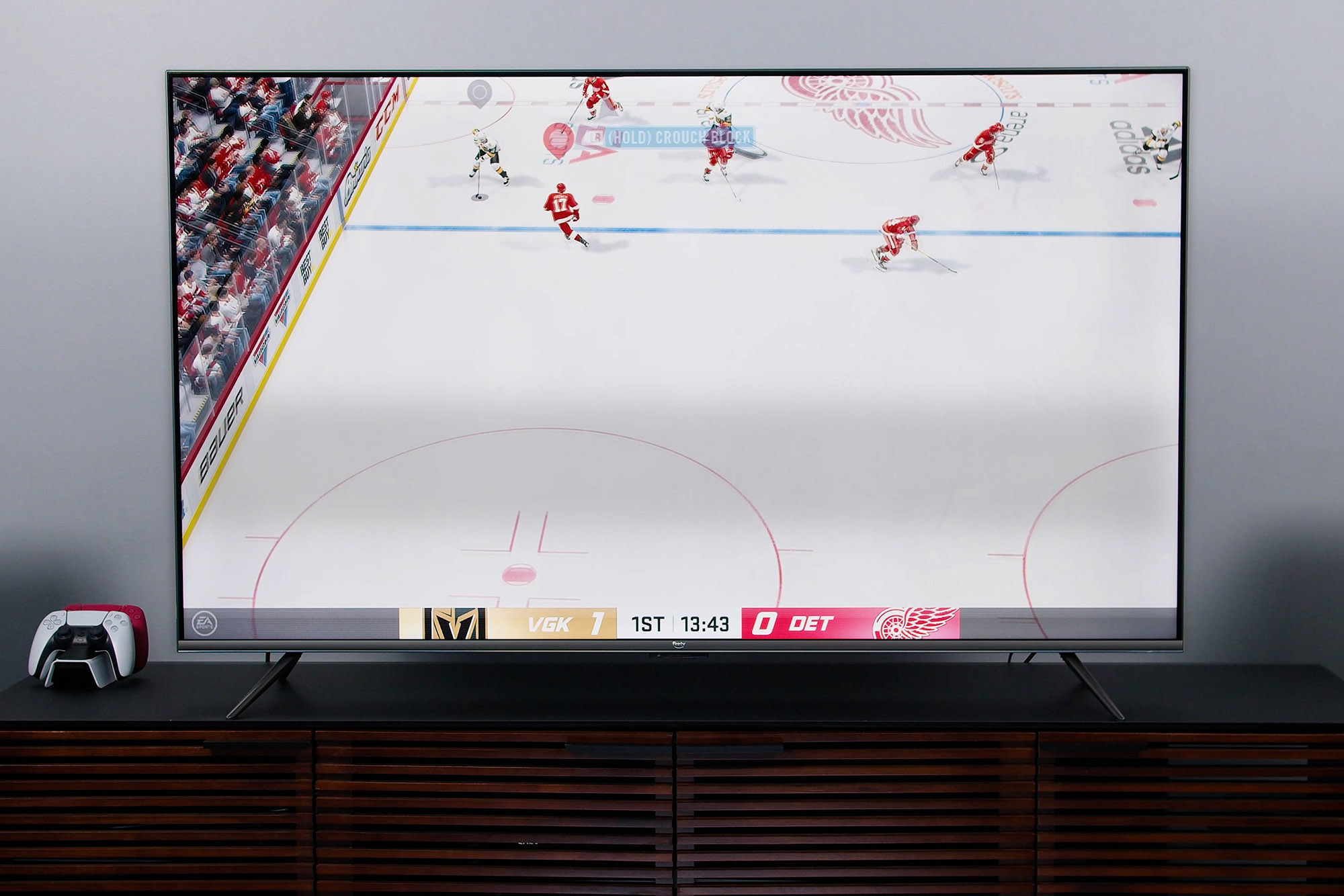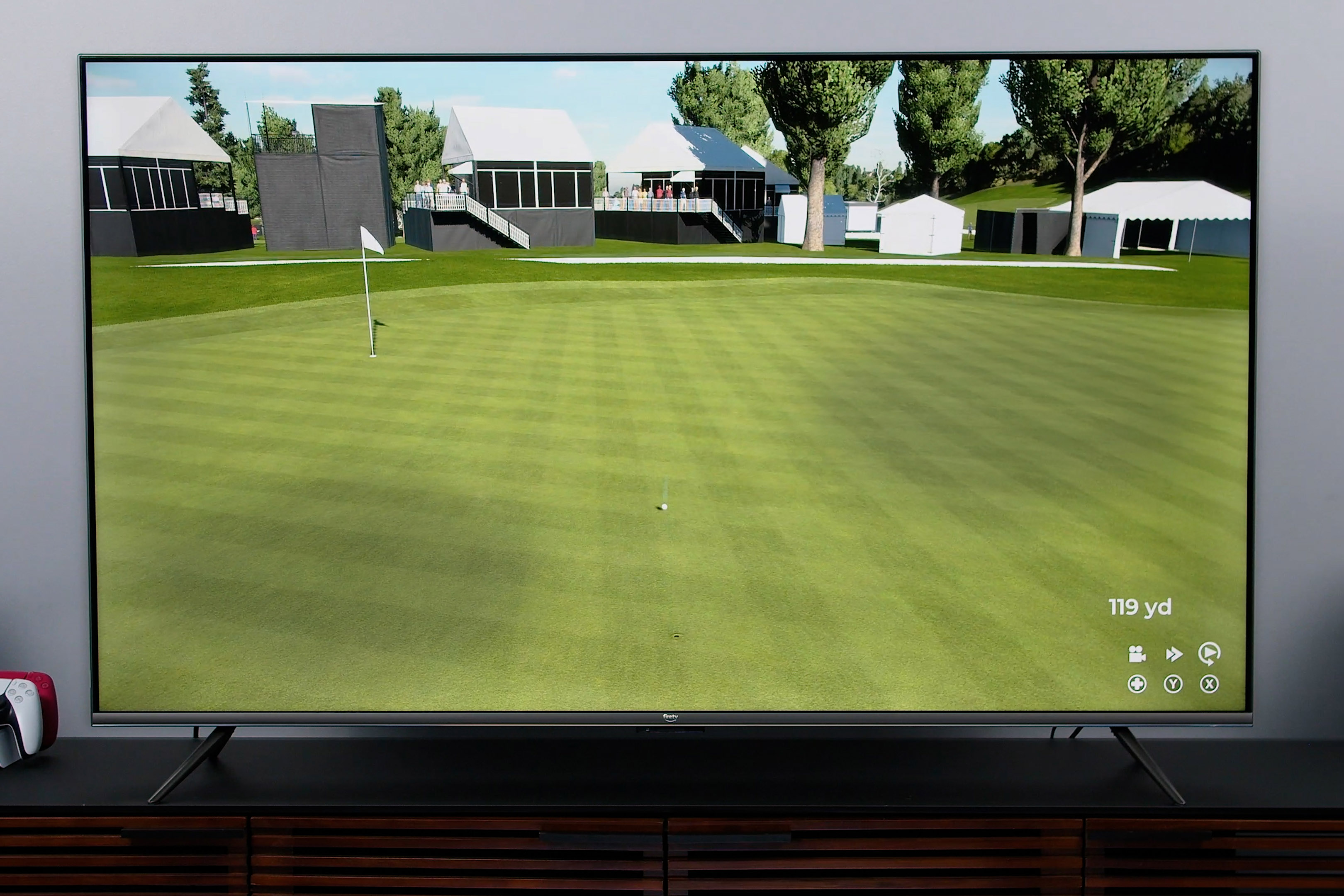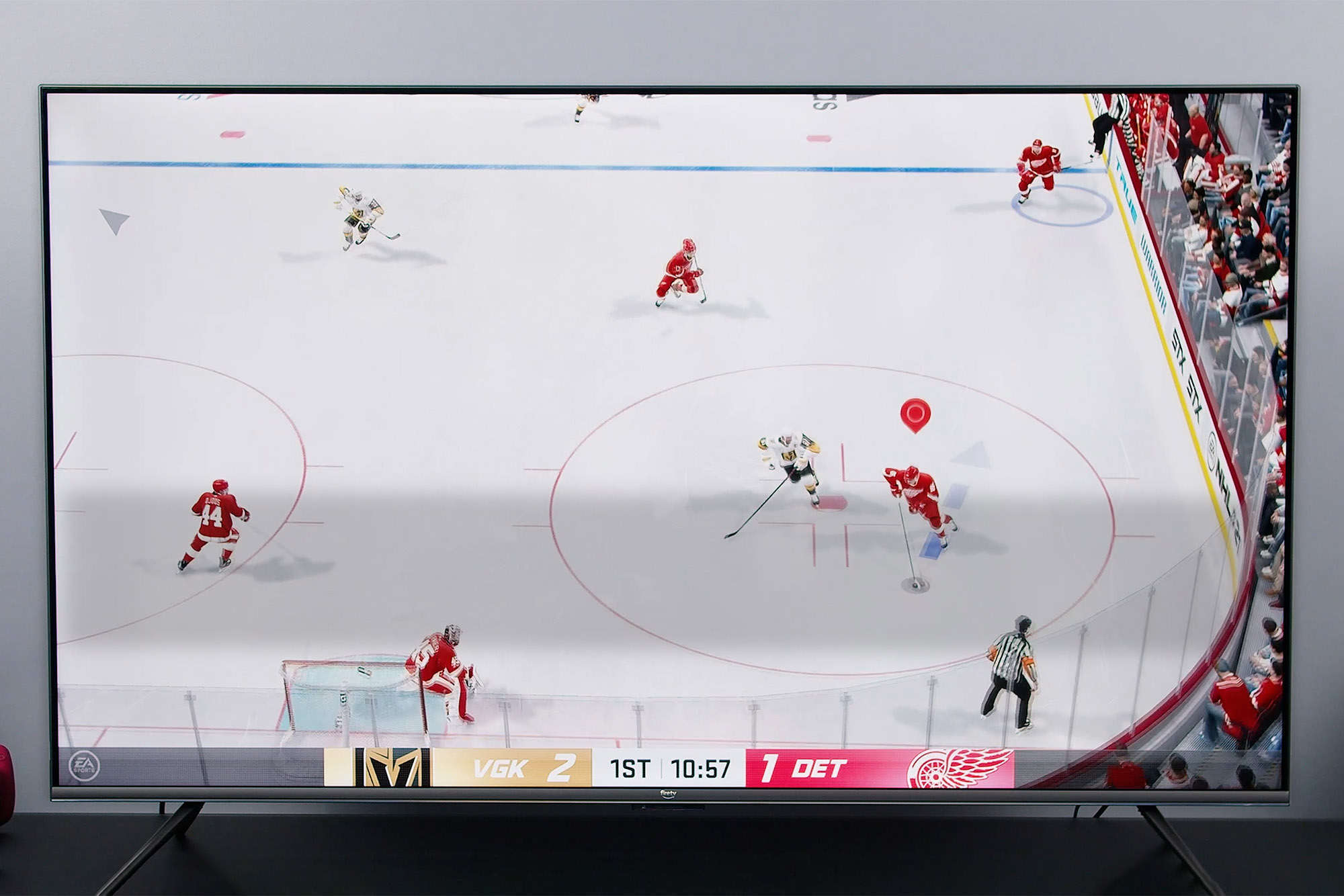Dirty Screen Effect is a term and acronym often tossed around by TV reviewers and A/V forum enthusiasts as if everyone knows what it is. And, yet, very few folks have ever heard of it before. You may have seen it, though. In fact, if you’ve recently purchased a TV and it doesn’t look quite right, your TV might be suffering from Dirty Screen Effect, more commonly referred to as DSE.
In some ways, Dirty Screen Effect is an appropriate term — and it’s one of those things you just can’t unsee. But it doesn’t exactly look the way it sounds like it should look.
In this quick guide we’ll cover what Dirty Screen Effect looks like, what’s happening on a technical level, and what, if anything, you can do to get rid of it. We’ll also touch on the notion of the so-called “panel lottery” and how that plays into how clean — or dirty — your new TV screen might look.
What is Dirty Screen Effect?
Dirty Screen Effect (DSE) is a term that’s used to describe an LCD panel that has inconsistent luminance performance across its surface area. It can appear as random splotches, uniform lines, wide bars, and, in some cases, vignetting (a slight darkening toward the corners). DSE once plagued plasma TV panels as well. But since those are no longer in production, we’ll keep this explainer focused on LCD-based TVs.
As a reminder, any TV that uses an LED backlight also uses an LCD panel, so TVs marketed as LED, QLED, and mini-LED are all susceptible. Due to what causes DSE on a technical level, some may argue it can only apply to LCD-based TVs. However, similar effects can be seen in OLED-based displays — thus the term is often applied — so we’ll include those types of TVs as well, but address them separately.
What does Dirty Screen Effect look like?
While DSE can be seen in any number of scenarios, you are most likely to see it when there are big swatches of the same color on the screen. Take an ice hockey game, for example. Some areas of the ice will appear to be dingier or darker than other areas of the ice. You might also see DSE more easily when watching golf; when there are vast sections of grass on the screen, some parts of the grass may appear to be darker or more muted in color than other parts.
The trick with DSE is that the issue is fixed to the screen, so as the picture moves, you’ll notice that any part of the picture moving through these “dirty” areas gets a little dimmer. Hence, it seems as if the screen is dirty.
Some DSE is severe and some is so faint you may not notice it unless you look hard for it. As a very clear example of what DSE looks like when exposed by testing slides, we’ve included an example below.
What causes Dirty Screen Effect?

There are a number of factors stemming from the manufacturing of an LCD panel that can cause Dirty Screen Effect, from variance in backlight distribution to variance in TFT switching for sub-pixels, to variance in conductivity and/or capacitance of transparent electrodes. That’s super-nerdy, though, and the actual cause is less important than the common theme here: inconsistency.
In panel manufacturing, there are numerous variables that can be introduced that would cause an LCD panel to have groups of pixels that shine less bright than others. This variance is, unfortunately, part of the tech that makes our TVs. And the manner in which different manufacturers handle that variance is also … you guessed it: Varied.
Different levels of quality control by different manufacturers allow for imperfect panels to pass through, later to be used in consumer products.
Dirty Screen Effect also can be caused by damage to the panel in shipping or mishandling of the TV during the setup or installation process. Generally speaking, it’s recommended one avoids “pinching” or otherwise exerting pressure on the front of the TV screen.
How common is Dirty Screen Effect?

This is a difficult question to answer because I do not have data that supports objective analysis on the prevalence of DSE in newly manufactured televisions. However, I can offer some anecdotal perspective based on my experience as a TV reviewer and the feedback I get from readers and viewers, as well as reports I see in A/V forums.
From what I’ve seen, DSE — ranging from insignificant to severe — seems fairly common among newly manufactured LCD-based televisions, due primarily to the nature of LCD panel manufacturing. Very broadly, the less expensive a TV is, the more likely it is to exhibit some level of DSE. More expensive TVs are not immune to the issue, but some manufacturers have tighter quality assurance tolerances for their high-end products so — again, very broadly speaking — DSE tends to be less prevalent among those models.
DSE as a symptom of age is virtually impossible to track, however — again, anecdotally — I have witnessed DSE creep into a TV’s display panel slowly over time and worsen with age. I’ve seen it happen in TVs I own, TVs friends and family have owned, and TVs installed in commercial environments such as hotels and bars.
How can I test for Dirty Screen Effect?
First, a warning: Once you see DSE on your TV, it’s tough to “un-see.” So, if you are happy with your TV’s performance and wish to stay that way, then you may wish to subscribe to the “ignorance is bliss” theory and forego the following tests.
If, however, you suspect that your new TV may have levels of DSE that you deem to be unacceptable, you can use this YouTube video (also posted at the top of this article) to look for signs of DSE. In our video, we not only provide testing slides that help to expose DSE, but guide you on how to spot it.
How can I get rid of Dirty Screen Effect?
Unfortunately, there’s no way to eliminate DSE. Some websites suggest loosening the screws on the back of a TV to lessen the strain on the panel. We do not recommend this tactic as it could stand to void an active warranty. Also, it’s not very likely to work.
Really, the best way to get rid of DSE on a newly purchased TV is to catch it early and return or exchange the TV within the typical 30-day customer satisfaction period. It is rare for a manufacturer’s warranty to cover a repair or replacement when the complaint is over a flaw that the said manufacturer has already deemed to be within an acceptable margin of error.

Most TVs offer a “game mode” which, due to its tendency to brighten everything on-screen, can help to obscure DSE. But this is really just a Band-Aid measure. The DSE is still there, but it may be less obvious. Another somewhat helpful tip to reduce the appearance of DSE in LCD panels is to view the TV from as direct an angle as possible. As you move off-axis (view a TV from an angle) DSE tends to become more obvious.
In very limited instances, some cases of DSE on OLED TVs can be remedied by manually triggering the TV’s built-in “pixel refresh” system, usually located somewhere in the TV’s system menu.
What is the panel lottery?
The so-called “panel lottery” refers to the game TV buyers unwittingly play when purchasing a TV. Sometimes you “win the panel lottery,” which is a way of saying that the TV you got was in especially pristine shape and shows no signs of DSE. It’s also a term used to easily express that there’s such a variance in panel quality that it’s virtually impossible you’ll win a perfect panel. In other words, it’s all up to chance.






